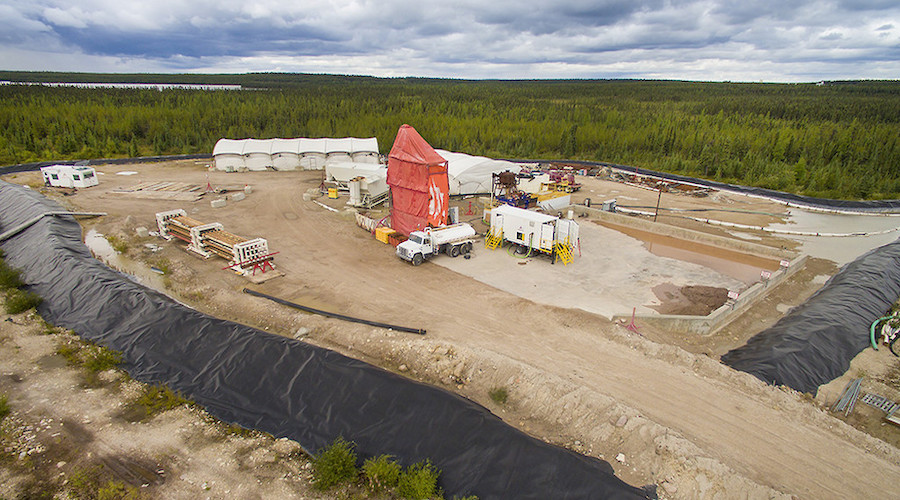McClean Lake uranium mine in Canada to resume production


Denison Mines (TSX: DML; NYSE: DNN) and joint venture partner Orano Canada said on Wednesday they will restart the McClean Lake mine, located in the uranium-rich Athabasca Basin in northern Saskatchewan, amid improving project and commodity economics.
Operations at McClean Lake, owned by the namesake joint venture (MLJV) in which Orano is the operator and has a 77.5% stake, were suspended in 2008 in response to weak uranium prices.
The partners continued to explore the licence and invested in proprietary mining method named SABRE, which is designed to selectively extract high-grade uranium ores from surface.
Mining is planned to restart at the McClean North deposit in 2025, with a target of about 800,000 lb. of uranium that year, the partners said. Activities this year focused on readying the site and equipment for continuous commercial operations, they noted.
MLJV will also install eight pilot holes for the first mining cavities planned for excavation.
“The successful mining test of the SABRE method in 2021 provided the MLJV with important information about the productivity and cost of the operation,” Denison’s president and CEO David Cates said.
“This information suggests an incentive price meaningfully lower than current uranium prices, which has provided the JV with a strong basis to make a restart decision for mining,” Cates added.
The companies noted they have identified the availability of around 3 million lb. of yellowcake for potential additional production from a combination of the McClean North and Caribou deposits during the 2026-30 period.
Orano Canada's president and CEO, Jim Corman, said the JV's current ability to capitalize on the strengthening uranium and nuclear markets is the result of a long-term investment in research and development to secure continued activities at McClean Lake.
The property, about 750 km north of Saskatoon, consists of four mineral leases covering an area of 1,147 hectares and 13 mineral claims over an area of 3,111 hectares.
Uranium prices have hit their highest in more than 16 years in recent days after the world’s largest miner of the nuclear fuel, Kazakhstan’s Kazatomprom (LON: KAP), highlighted production risks. The commodity's bonanza is likely to continue prompting the restart of mothballed capacity.
THIS ARTICLE WAS ORIGINALLY POSTED ON MINING.COM
Comments